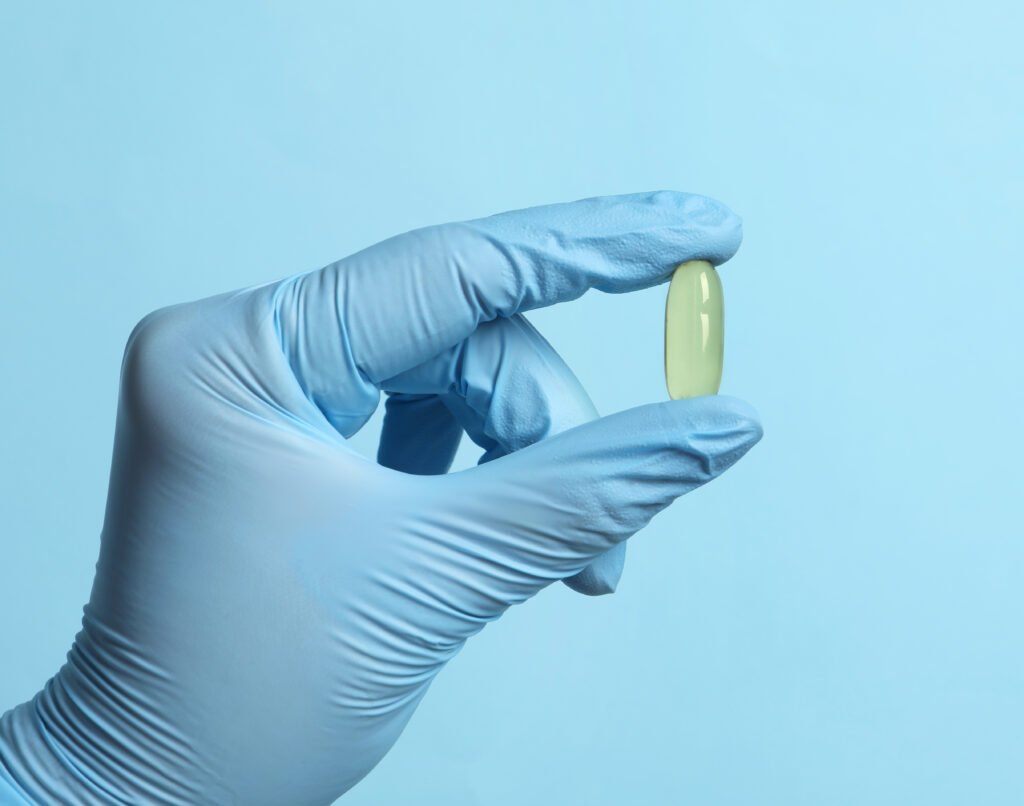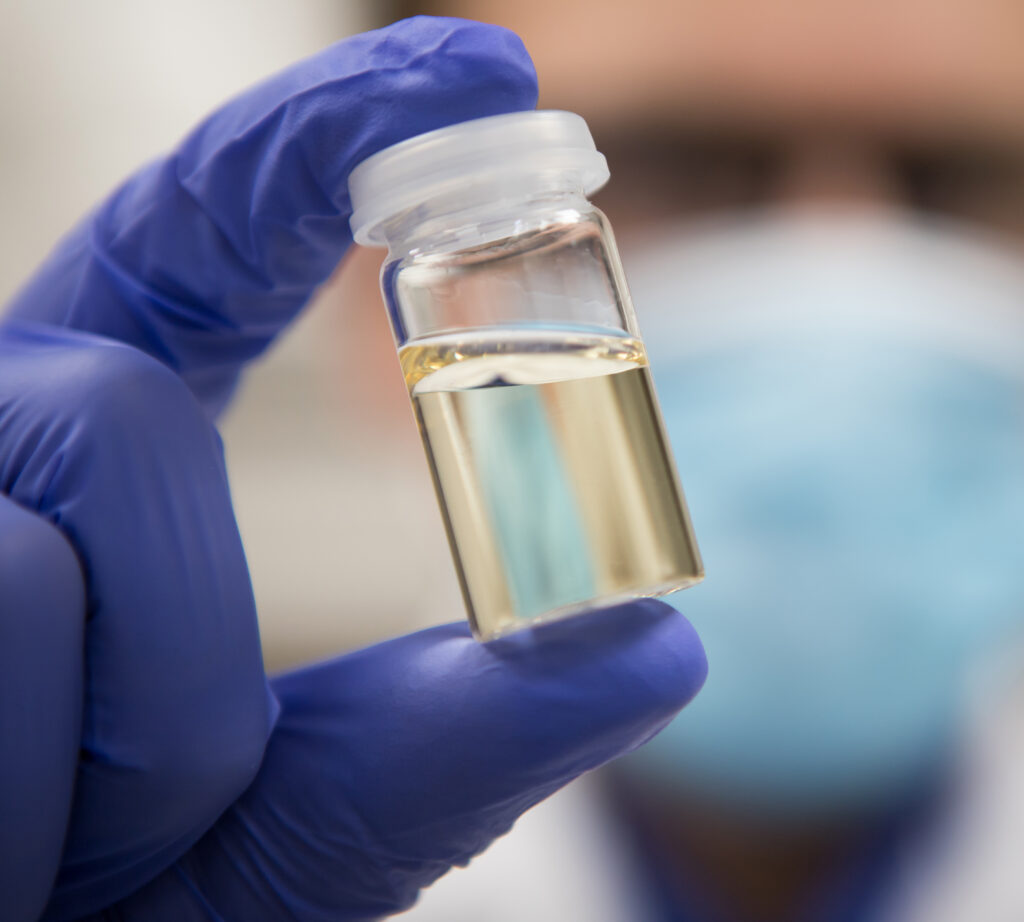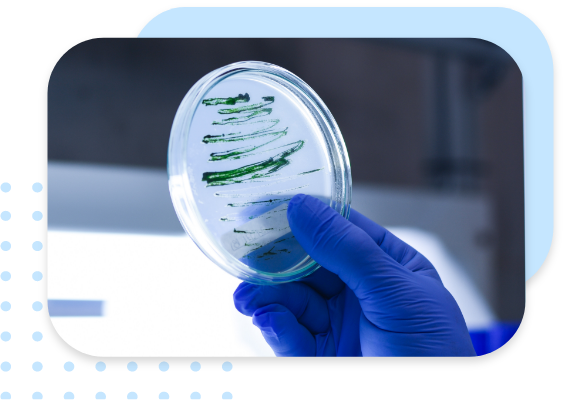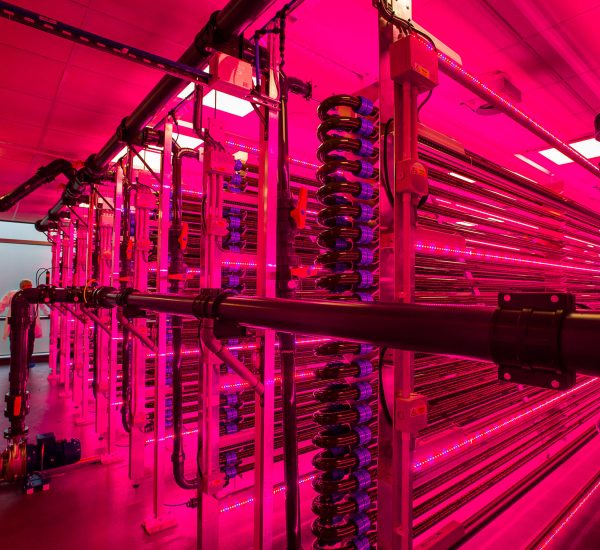A Sustainable Solution for a
Thriving Blue Economy




For billions of years, microalgae have been the driving force behind the evolution of life on our planet. They were the first life forms on Earth, harnessing the power of photosynthesis to transform carbon dioxide and essential nutrients into the very foundation of organic life. These microscopic organisms paved the way for the emergence of complex life forms we know today.
Now, as we confront the challenge of nourishing a rapidly growing global population, algae stand ready to once again shape the destiny of our planet. With the global population projected to surge by 26% by 2050, conventional food production methods must adapt to meet the growing demands while preserving our fragile environment.

Algae are indispensable to marine life, acting as the cornerstone of ecosystems that maintain both biodiversity and global balance.
They help regulate water temperature and salinity, remove pollutants, and mitigate climate change by absorbing carbon dioxide. Moreover, algae are responsible for producing an estimated 50% of the Earth’s oxygen.
They also serve as the foundational element of the marine food web, nourishing a wide range of other organisms. These algae are consumed by smaller fish, which in turn become prey for larger marine animals, creating a complex and interconnected food chain. Importantly, nutrients like omega-3 fatty acids originate in algae and make their way up the food chain, ultimately reaching human diets.
Contrary to popular belief, fish do not produce omega-3s; they accumulate them by consuming algae. This highlights the critical role algae play not just in marine ecosystems but also in human nutrition and health.


Global seafood demand is expected to double by 2050, putting a strain on both wild fisheries and aquaculture. Wild fisheries are already in decline, with 80% of stocks either fully exploited or overexploited. Overfishing leads to the decline of crucial fish species, creating a ripple effect on marine food webs and the natural balance of ecosystems. This disruption compromises habitat diversity and also weakens the ocean’s natural ability to capture and store carbon, which is crucial for fighting climate change.
Aquaculture is a promising alternative, but it also has sustainability challenges. For instance, many fish farms rely on wild-caught fish as feed, nearly 20% of wild caught fish is reduced to fishmeal and fish oil. This vicious cycle is exacerbating the very problem of overfishing they aim to mitigate. Fish oil is a critical component of aquaculture feed.
Farmed fish receive a mix of nutrients including fishmeal and fish oil. Studies show that fish with Omega-3 deficiencies grow slower, and, ultimately, produce lower Omega-3 for human consumption. Only 15% of all the fish oil produced is available for human consumption. Currently – there is an estimated shortfall of 400,000 tonnes of fish oil needed to meet minimum human Omega-3 dietary intake requirements, and the gap is growing.
Additional novel sources of nutrients are needed to meet the increasing requirements of both the aquaculture industry and human nutritional requirements. Algae, the primary producers of Omega-3, are the natural solution to the nutrient supply shortfall.



Algae offer a sustainable, cruelty-free solution for healthy ingredients. They are a renewable source of essential nutrients, including omega-3 fatty acids, which are important for human health. Algae can also be used in other products, such as agricultural feedstock, animal feed, food additives, nutritional supplements, cosmetics, and beyond.
Algae are a key player in a future-proof blue economy. By supporting the development of sustainable algae production, we can help to ensure a healthy supply of omega-3 fatty acids for future generations, while also protecting our oceans and marine life.